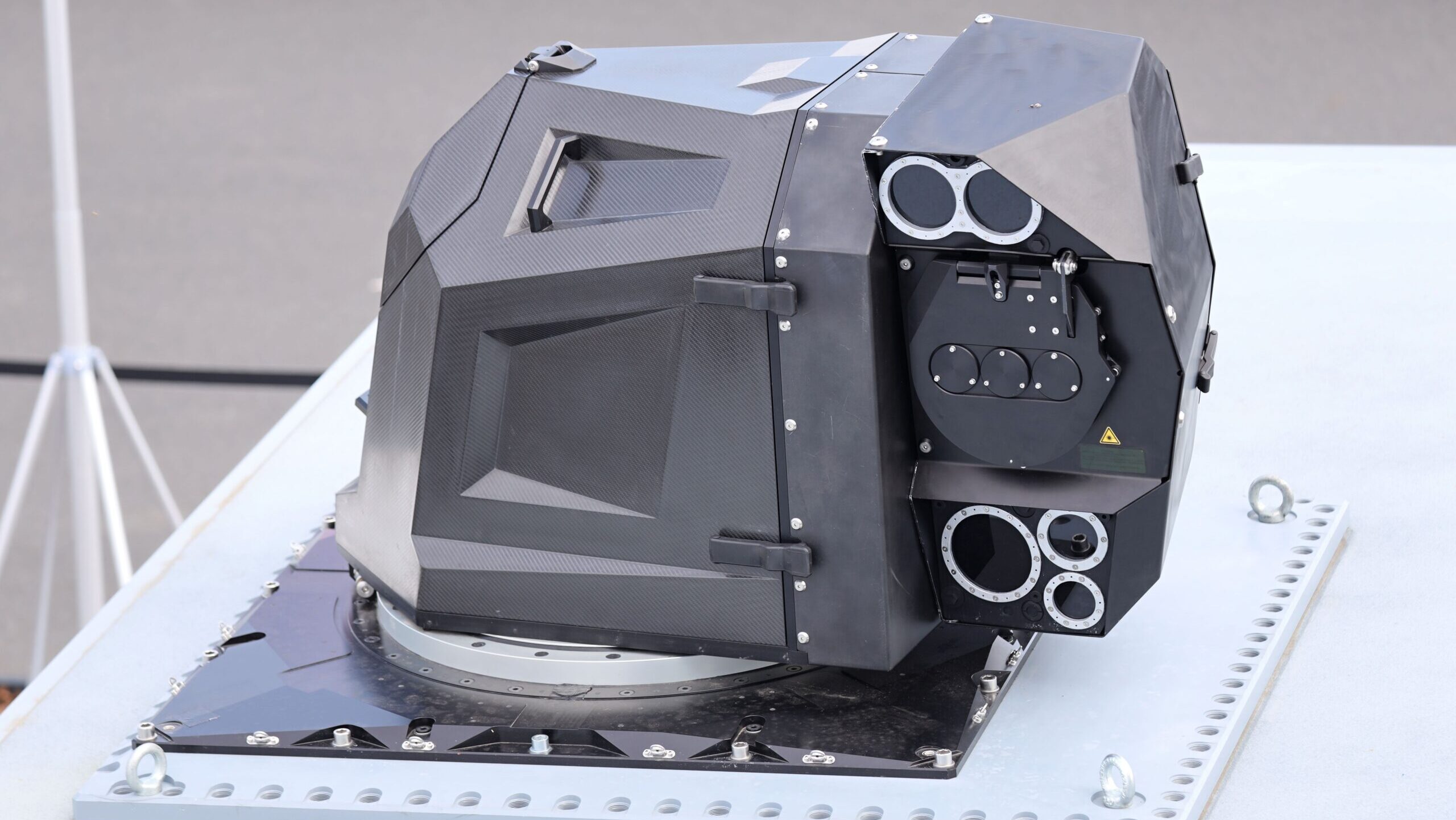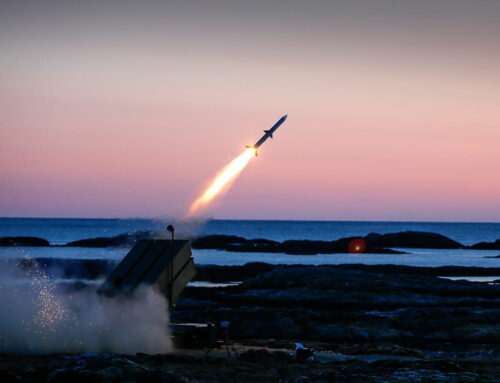Germany’s Rheinmetall and MBDA have unveiled plans for joint development of a naval based laser weapon (Rheinmetall)
BELFAST — Germany’s Rheinmetall and European missile firm MBDA announced a laser weapons cooperation agreement today, in a bid to jointly develop a maritime-based system and bring it to market “within the next five to six years.”
Rheinmetall provided the timeline in a company statement and added that the future solution “opens up new possibilities, particularly in relation to drone defence on ships.”
Both industry partners, “are convinced that their complementary skills in the field of laser weapon technology will enable them to successfully develop a military laser weapon system,” said Rheinmetall.
The cooperation agreement builds off steps taken by both parties in September 2023 to set “prerequisites” for the development of a “first laser weapon,” including a commitment to make “internal preparations” for the new platform’s development phase.
The companies have previously teamed for a demonstration onboard the German navy’s F124 air defense Sachsen frigate, which fired over 100 test shots.
The demonstrator delivered on “all aspects” of “combat effectiveness” ranging from, “detection and tracking…the interplay of sensors, command and weapon engagement systems and effectors; possible rules of engagement,” through to target engagement, according to Rheinmetall.
Laser weapons are considered a cost effective alternative to naval based missiles being expended to shootdown cheap drones, with the UK’s in development DragonFire high energy laser, for example, said to cost £10 ($13) a shot. There are obvious applications for that given what is happening in the Red Sea over the last year, where US ships are using expensive rounds to take down small cruise missiles or drones.
Though the promise offered by laser weapons is clear, they typically have long research and development phases, largely because of design challenges involving beam stability and power sustainment, both of which are critical to stay on target and destroy it. There’s a reason there’s an old joke in defense circles that “lasers are the weapon of the future, and always will be.”
US Navy Rear Adm. Fred Pyle, Director of the Surface Warfare Division, or N96, and responsible for managing the service’s laser technology weapon efforts, said in January that the US Navy and industry should be more “intellectually honest” with one another about capabilities of laser systems. He also criticized a “tendency to over promise and under deliver.”
Still, there is a growing sense that lasers are becoming real utility, particularly for missile defense. For instance, Israel’s Rafael, manufacturer of the 100kW class Iron Beam ground-based laser air defense system, told Breaking Defense in March that the new system is expected to be fielded “by the end of 2025.”
The company claims, there is “almost zero cost per interception” when employing the high energy solution, which is also said to be capable of destroying a “wide array of threats from a range of hundreds of meters to several kilometers.”











